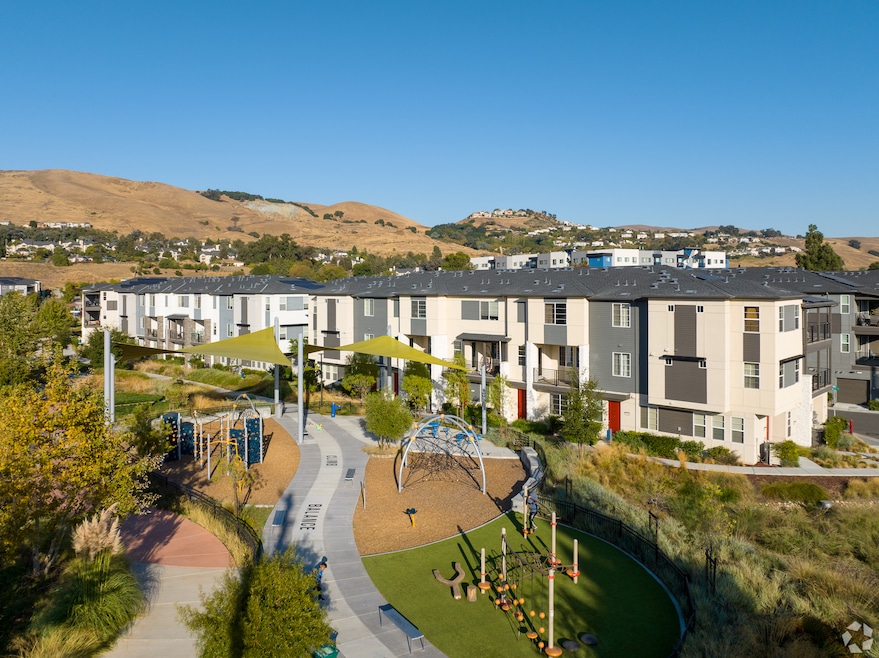Californians are cheering what they say is a major step forward in addressing the state’s housing shortfall.
Gov. Gavin Newsom signed legislation on Monday that exempts new residential construction in urban areas from the California Environmental Quality Act. Opponents of new development have used the act extensively in recent decades to block housing, though it was intended more to protect consumers from hazards such as power plants and other large-scale industrial projects.
“We’re taking a major step toward building desperately needed homes faster, fairer and with more certainty,” state Assembly member Buffy Wicks, a Democrat from Oakland who proposed the housing exemption, said in a statement Monday. “This is what our working-class families deserve and how we move California’s housing goals from promise to reality.”
To be exempt from the environmental quality act, a housing project would have to be no larger than 20 acres and be within city boundaries or near built-up areas. Much of the impact will be felt by small builders who want to add a few homes at a time in lower-density residential neighborhoods, Matthew Lewis, communications director for advocacy group California YIMBY, told Homes.com. The name is short for Yes in My Backyard.
“Our vision for California is to rebuild the residential construction industry that evaporated in the 1970s and 1980s when we made most housing illegal to build,” Lewis said. “These changes will make it much easier for those developers by removing this massive barrier that has kept them out of the market entirely.”
The legislation exempts housing developments from the environmental law if they meet local governments’ rules on where and how residential can be built, such as distances houses must be set back from the street or how much of a property the building can cover. The exemption doesn’t apply to projects on environmentally sensitive areas or hazardous sites.
Developers of larger housing projects have sometimes survived the state’s environmental review process by passing the costs of compliance on to renters or homebuyers, which smaller developers were typically unable to do, Lewis said. The law required many developers to complete an environmental impact assessment, an in-depth study of potential negative impacts from development that can take as long as a year. If a study finds no significant problems from new housing, opponents can appeal through the courts.
By using the exemption to steer more housing development to existing built-up areas, the state can ease the pressure on rural and wildfire-prone areas, Lewis said. The legislation signed Monday also requires developers who build in these outlying areas to pay into a fund that offsets their transportation impacts by paying for housing near bus and commuter rail stations. Payments will be based on vehicle miles traveled, so developers building further away from where jobs are concentrated would pay more.
While the California Building Industry Association welcomed the environmental law exemption, the group urged state officials to revisit the transportation provision.
“While this is a noble goal, such fees would significantly increase the cost of home building, making it much harder for working families to secure shelter,” Dan Dunmoyer, the group’s president, said in a statement Monday.
The vehicle miles traveled provision may have been added to the legislation to assuage the concerns of environmental groups, Lewis said.
Asha Sharma, state policy manager at the legal group Leadership Counsel for Justice & Accountability, could not be immediately reached for comment. In a social media post last week, the group said efforts to weaken the state’s environmental law “means rolling back key protections for environmental justice communities,” often made up of low-income populations or people of color.

